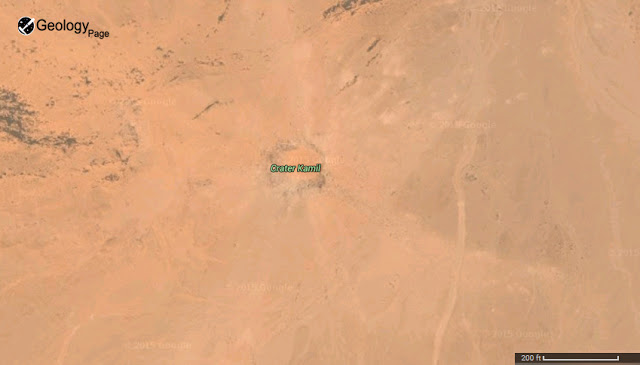
One day within the last several thousand years, a rare metallic meteorite travelling over 12 000 km/hour smashed into Earth’s surface near what is today the trackless border region between Egypt, Sudan and Libya. The impact of the 1.3 m, 10-tonne chunk of iron generated a fireball and plume that would have been visible over 1000 km away, and drilled a hole 16 m deep and 45 m wide into the rocky terrain.
Since then, the crater had sat undisturbed by Earth’s geologic and climatic processes, which usually render all but the very largest terrestrial impact craters invisible. It was also, as far as is recorded, unseen by humans
Searching for craters in Google Earth
But that changed in 2008, when the crater was spotted during a Google Earth study conducted by mineralologist Vincenzo De Michele, then with the Civico Museo di Storia Naturale in Milan, Italy. He was searching for natural features, when by chance he saw the rounded impact crater on his PC screen.
De Michele contacted an astrophysicist, Dr Mario Di Martino, at the INAF (National Institute for Astrophysics) observatory in Turin, who, together with Dr Luigi Folco, of Siena’s Museo Nazionale dell’Antartide, organised an expedition to the site in February this year.
It took over a year to plan and obtain permissions for the journey; in the meantime, and in collaboration with Telespazio, e-Geos and the Italian space agency ASI, the Kamil region was analysed using satellite data and in particular high-resolution radar images provided by the ASI-operated COSMO-SkyMed satellite constellation.
Expedition to the Egyptian desert
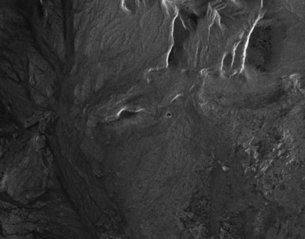
The two-week, 40-person expedition included Egyptian and Italian scientists, as well as numerous local support workers, and was conducted as part of the 2009 Italian-Egyptian Year of Science and Technology (EISY). It was also supported with funding by ESA’s Space Situational Awareness (SSA) programme.
Three-day drive to reach Kamil crater
After a tiring, GPS-guided, three-day drive across the desert in 40°C heat, the team reached the crater.
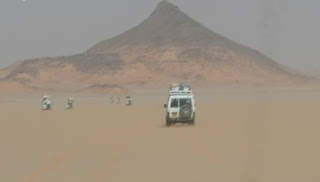
Ground truth for small-scale impact craters
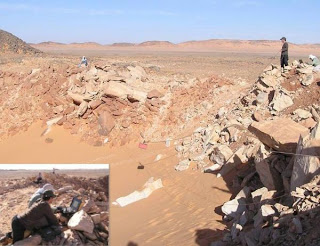
The researchers were stunned to find that Kamil crater, named after a nearby rocky outcrop, remains pristine, and must have been created relatively recently.
“This demonstrates that metallic meteorites having a mass on the order of 10 tonnes do not break up in the atmosphere, and instead explode when they reach the ground and produce a crater,” says ESA’s Dr Detlef Koschny, Head of Near Earth Objects segment for the SSA programme.
Kamil crater has become the target of intense interest for geologists, astrophysicists and even archaeologists.
“We are still determining the geochronology of the impact site, but the crater is certainly less than ten thousand years old — and potentially less than a few thousand. The impact may even have been observed by humans, and archaeological investigations at nearby ancient settlements may help fix the date,” says Dr Folco.
The data gathered during the expedition will be very useful to ESA’s SSA activities for risk assessment of small asteroids with orbits that approach Earth, a category to which the Kamil impactor originally belonged.
Kamil Crater in Google Maps
Photo:
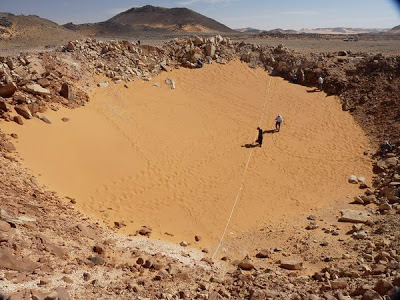
Note : The above story is reprinted from materials provided by European Space Agency.









